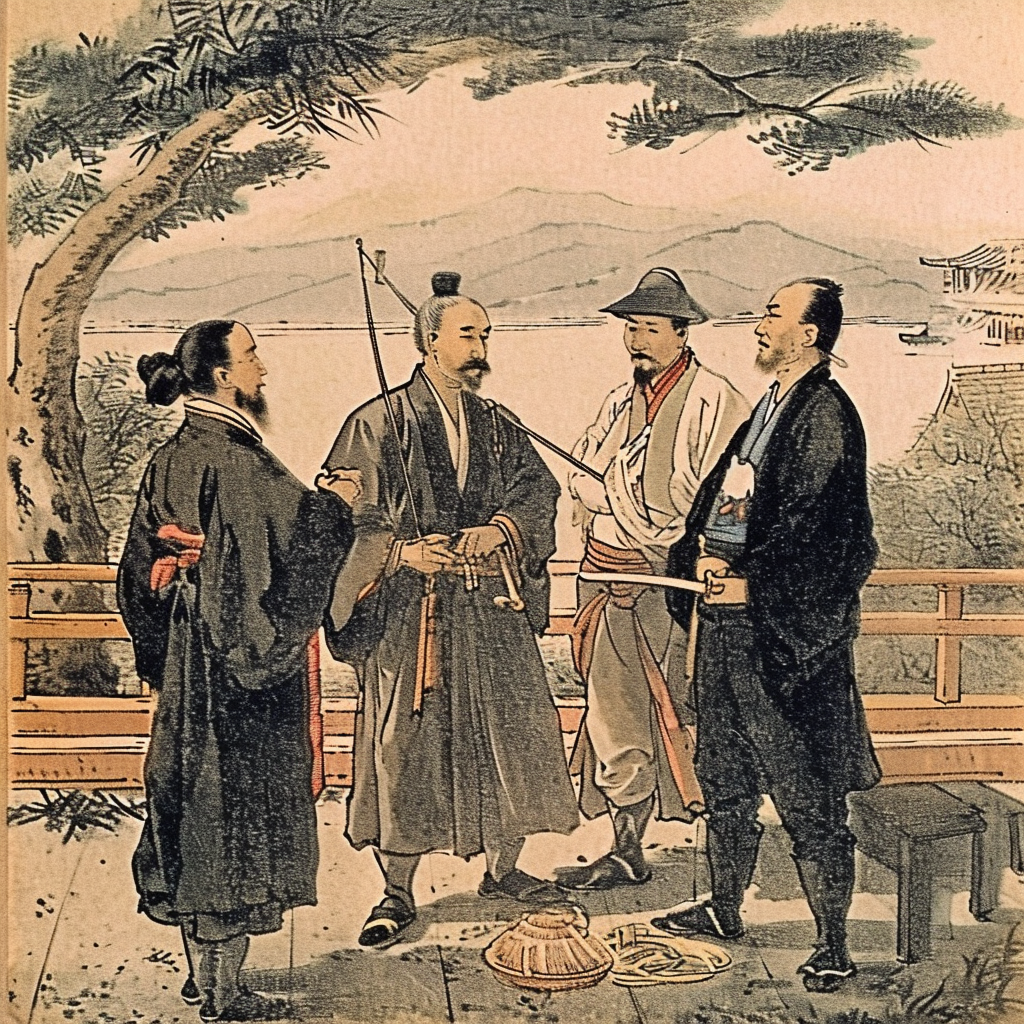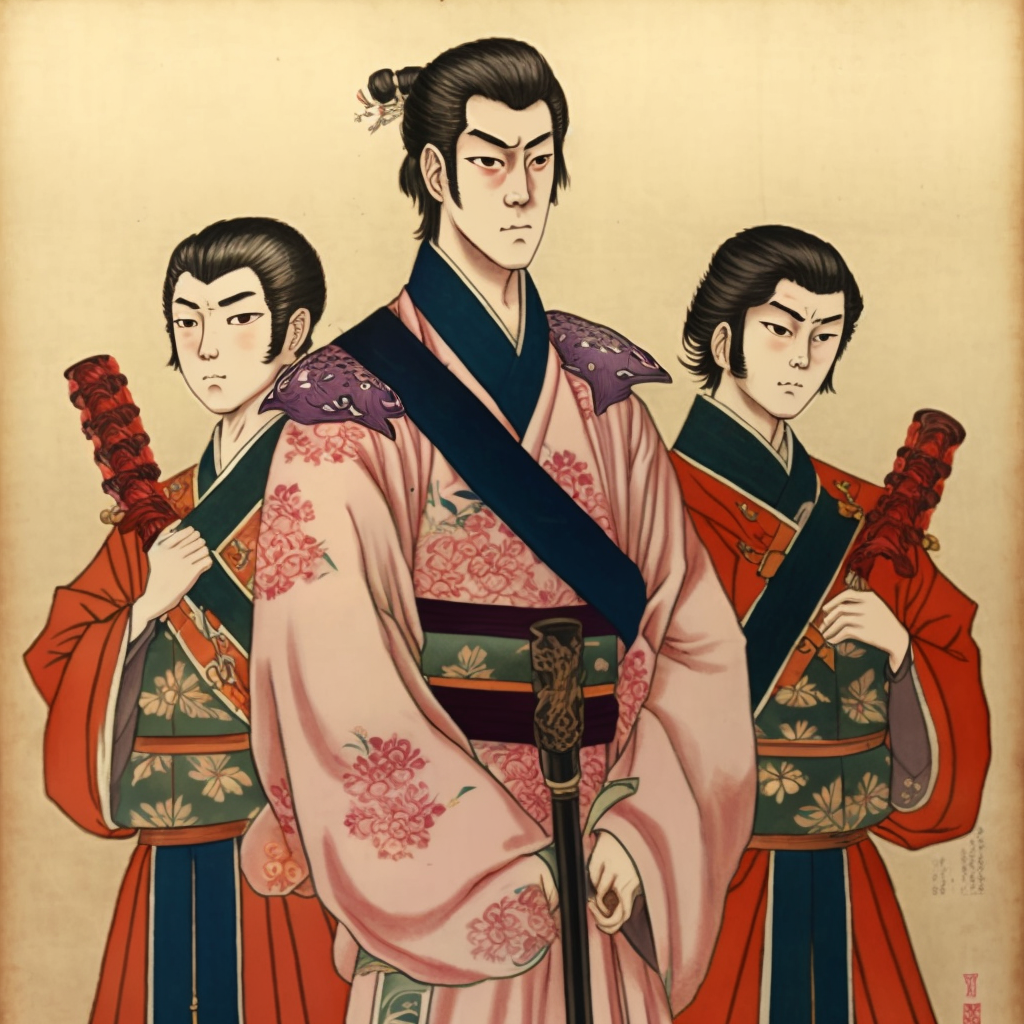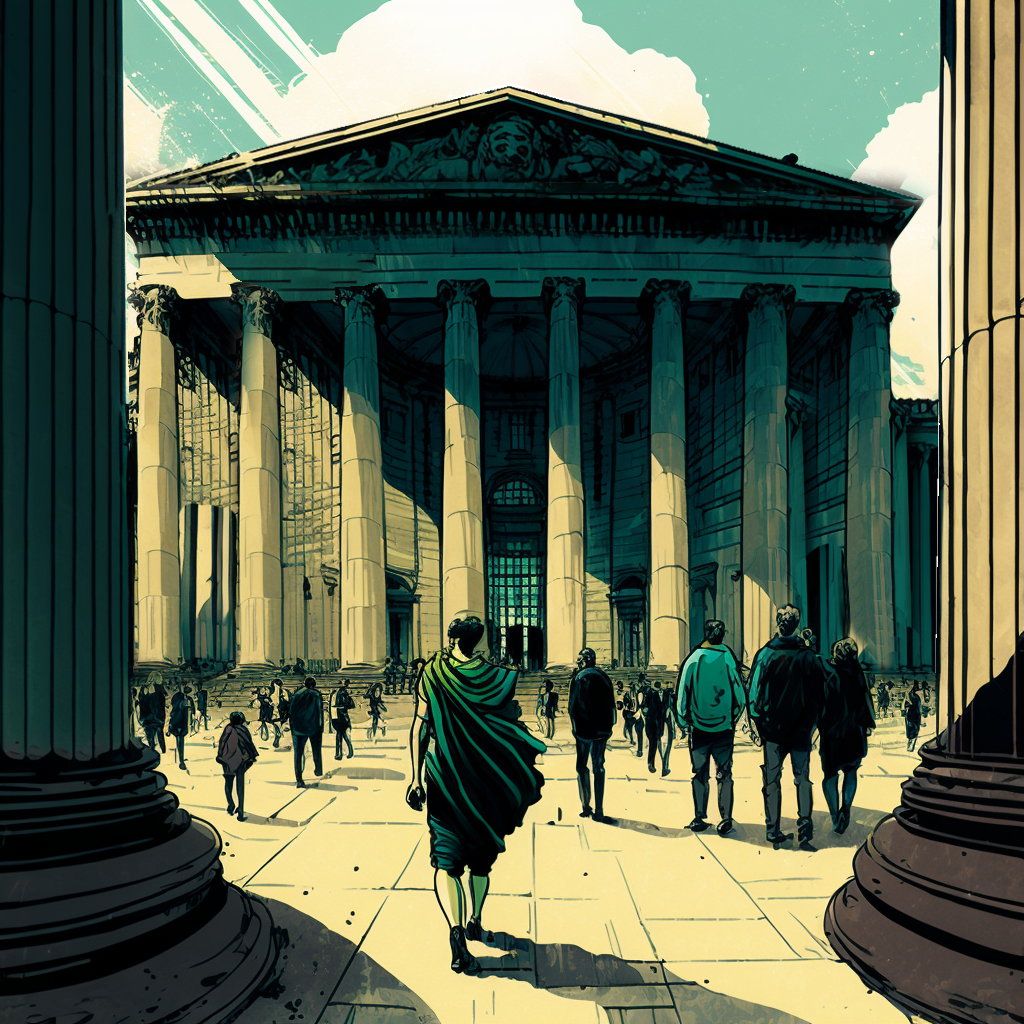Rangaku, literally “Dutch studies”, was a fascinating period in Japanese history. Indeed, this era was marked by an intense cultural exchange with the Netherlands in the 17th and 18th centuries. This era played a crucial role in opening Japan to the outside world. Particularly in the field of science, medicine and technology. This article explores the origins, development and impact of Rangaku on Japanese society.
Origins of the Rangaku
Rangaku has its roots in Japan’s policy of isolation, known as sakoku. Japan established this policy at the beginning of the 17th century by shogun Tokugawa Iemitsu. In this context of isolation, the only external contacts authorized were with the Dutch. The latter maintained limited trade relations with Japan from the artificial island of Dejima in Nagasaki.
The Dutch, although restricted in their activities and travel, managed to introduce Western knowledge to Japan. This knowledge centered on areas such as medicine, cartography, astronomy, natural sciences and military techniques.
Development of Rangaku
The study of European works was the starting point of the Rangaku. Japanese scholars, called rangakusha, began learning Dutch to be able to read these works. The Dutch also taught Western scientific concepts directly to Japan. They thus contributed to the emergence of a new era of knowledge.
Among the fields that have particularly prospered thanks to Rangaku is Western medicine. Japanese students traveled to Batavia (now Jakarta) to study medicine under the influence of Dutch doctors. Upon their return to Japan, these doctors introduced advanced medical techniques and anatomical knowledge.
Impact on Japanese Society
The Rangaku profoundly influenced Japanese society of the time. Western scientific knowledge was integrated into the fields of medicine, astronomy and cartography. Modern medical techniques, astronomical ideas and precise cartography have progressed considerably thanks to this openness to foreign knowledge.
The Rangaku’s influences were not limited to science. The cultural exchange also touched the arts, architecture and philosophy. Elements of Western culture began to seep into daily Japanese life, creating a unique fusion of Japanese traditions and foreign ideas.
End of the Rangaku and Opening of Japan to the West
At the end of the 19th century, Japan underwent major transformations with the Meiji era, marked by a wider opening to Western influences. Rangaku played a vital role in this transition, setting the stage for a fuller embrace of Western modernity.
In conclusion, Rangaku was a crucial period in Japan’s history, symbolizing its first significant contact with the Western world. This era paved the way for fruitful cultural exchanges, influencing various areas of Japanese society and laying the foundation for the country’s modernization. Thus, Rangaku remains a fascinating chapter in Japanese history, marking a turning point toward exploration and adoption of foreign knowledge.



